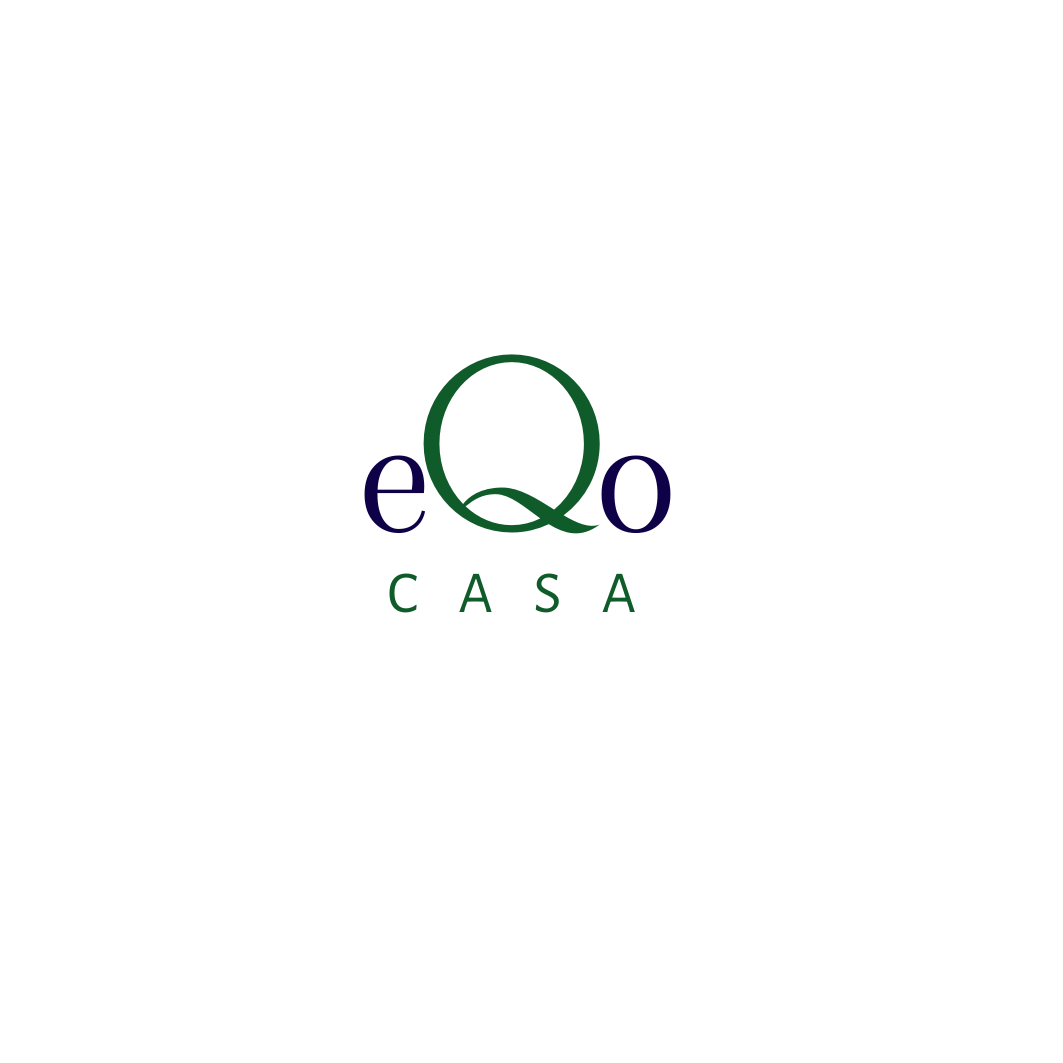
In the current market, businesses frequently promote their environmentally friendly activities and products as a means of drawing in eco-aware customers. But not every green claims are made equally, and some might be false or misleading. Greenwashing is a strategy that can sabotage sincere attempts to promote sustainability and trick customers into choosing products that might not be as environmentally friendly as they first appear to be. Let’s examine the idea of “greenwashing,” how to recognise it, and the reasons it’s critical to look beyond the surface.
Greenwashing is the practice of businesses exaggerating or falsifying their environmental initiatives or the advantages of their products for the environment. It’s a form of marketing spin designed to capitalize on the growing demand for eco-friendly products and practices. Greenwashing techniques come in many forms and are used by a variety of businesses. They can include labelling that highlight “natural” materials or make claims about being carbon neutral.
The employment of ambiguous or misleading labels and certifications is one of the most popular greenwashing techniques. The lack of clear definitions or guidelines surrounding the use of terms like “eco-friendly,” “green,” or “sustainable” makes it challenging for customers to understand the true environmental impact of a business or product. Comparably, green logos and symbols may appear to be endorsed by impartial environmental groups but, in reality, they may be self-awarded or devoid of significant standards.
Focusing on small or unimportant environmental details while neglecting larger effects is another frequent strategy. For instance, a business could highlight how recyclable its packaging is while neglecting other parts of its manufacturing process that lead to pollution or resource depletion. Businesses can provide the impression of being environmentally responsible while avoiding more serious problems by highlighting specific parts of their operations.
It takes a critical eye and a desire to look further to identify greenwashing. Examine the substance behind the claims rather than just the eye-catching advertising campaigns and catchy slogans. Spend some time investigating brands and goods, carefully reading labels and certificates, and looking for reliable sources of data and confirmation.
To discern sincere dedication to the environment from deceptive practices, one should seek for openness and responsibility. Businesses that genuinely care about sustainability are transparent about their operations, eager to share details about how their actions affect the environment, and open to suggestions and criticism. Additionally, they might own third-party certifications from respectable establishments that have strict guidelines for environmental performance.
Customers can also lend support to businesses who exhibit a sincere dedication to sustainability in their policies, practices, and merchandise. Seek out businesses that properly source resources, reduce waste and emissions, and give priority to renewable energy. Give recognition to businesses who fund environmentally and socially responsible projects and invest in sustainable innovation.
In the end, preventing greenwashing calls for both public awareness and group effort. We can create a market that genuinely supports and encourages environmental stewardship by holding corporations responsible for their environmental claims and assisting companies who place a high priority on sustainability and openness.
To sum up, greenwashing is a widespread practice that can damage credibility, mislead customers, and stop genuine efforts to be sustainable. We can make sure that the products we buy reflect our values and help create a healthier, more sustainable future for all by educating ourselves, carefully reviewing green claims, and supporting businesses that demonstrate their commitment to sustainability.
